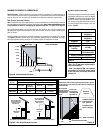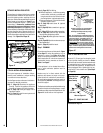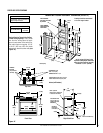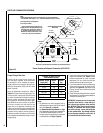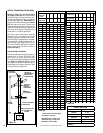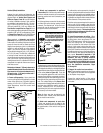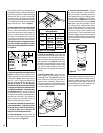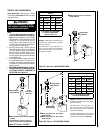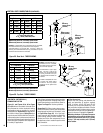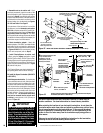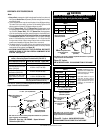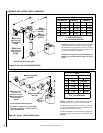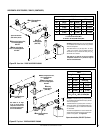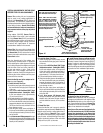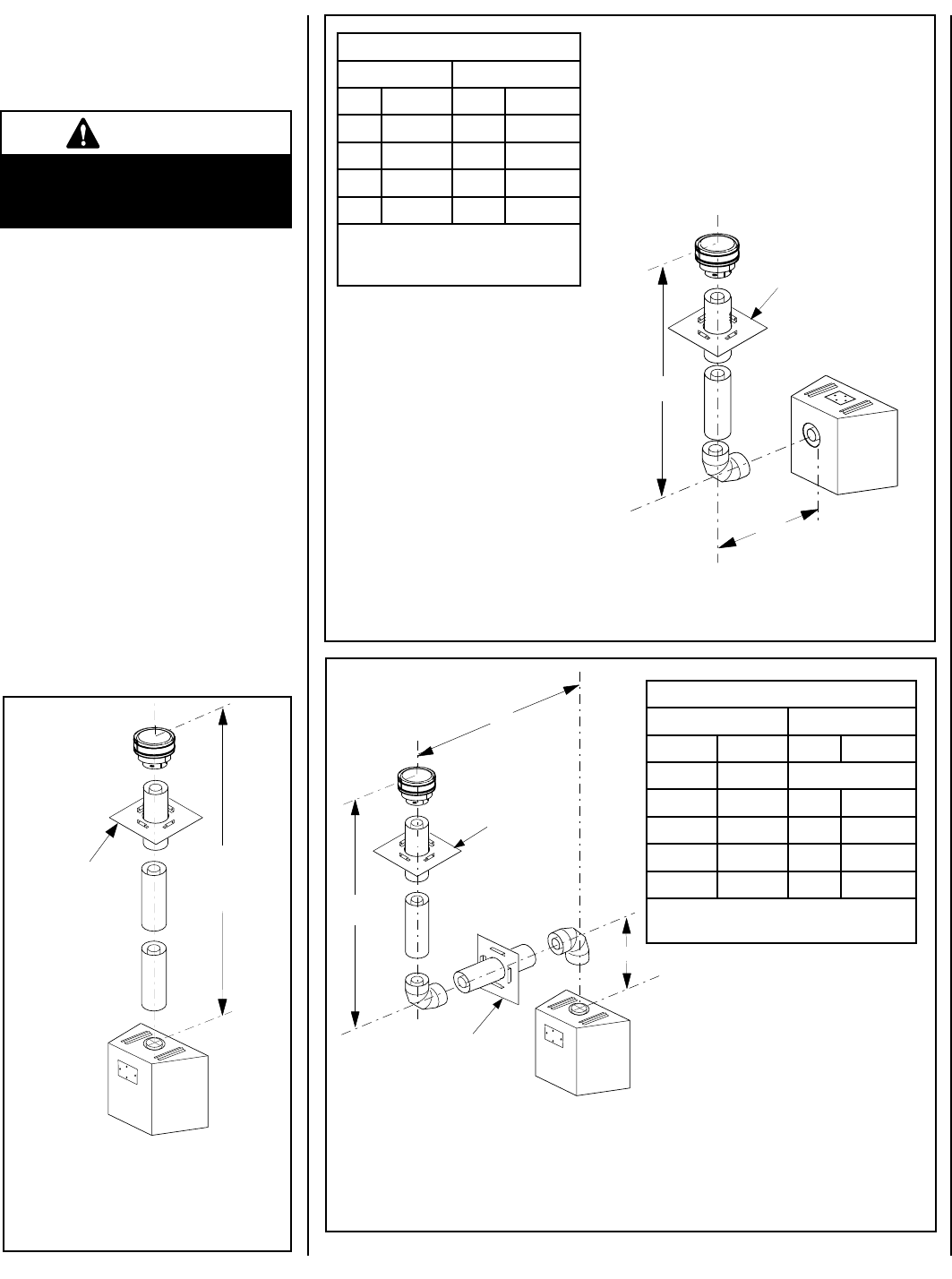
17
NOTE: DIAGRAMS & ILLUSTRATIONS NOT TO SCALE.
V
H
H
V
V1
Figure 26 - Top Vent - STRAIGHT
Notes:
• It is very important that the horizontal/in
-
clined run be maintained in a straight (no
dips) and recommended to be in a slightly
elevated plane, in a direction away from the
fireplace of 1/4" rise per foot (20 mm per
meter) which is ideal, though rise per foot
run ratios that are smaller are acceptable all
the way down to at or near level.
•
SV4.5VF (Secure Vent), SF4.5VF (Secure
Flex) firestop/spacer must be used anytime
vent pipe passes through a combustible
floor or ceiling. SV4.5HF (Secure Vent),
SF4.5HF (Secure Flex)firestop/spacer must
be used anytime vent pipe passes through
a combustible wall.
•
Two 45 degree elbows may be used in place
of one 90 degree elbow. The same rise to
run ratios, as shown in the venting Figures
for 90 elbows, must be followed if 45 degree
elbows are used.
• AN ELBOW IS ACCEPTABLE AS 1 FOOT OF
VERTICAL RISE EXCEPT WHERE AN ELBOW
IS THE ONLY VERTICAL COMPONENT IN
THE SYSTEM (See Figure 35).
Table B
H Maximum V Minimum
feet (meter) feet (meter)
5 (1.524) Elbow Only
5 (1.524) 1 (0.305)
10 (3.048) 2 (0.610)
15 (4.572) 3 (0.914)
20 (6.096) 4 (1.219)
V + V
1
+ H = 40 feet (12.2 m) Max.
H = 20 feet (6.096 meters) Max.
A Vent Restrictor, as shown in Figure 18
Page 13, must be used in this application
40 feet
(12.2 meters)
Maximum
u
When using Secure Flex, use Firestop / Spacer
SF4.5VF
u Ceiling Firestop /
Spacer (SV4.5VF)
u Ceiling Firestop /
Spacer (SV4.5VF)
vWall Firestop/
Spacer (SV4.5HF)
u When using Secure Flex, use Firestop /
Spacer SF4.5VF.
v When using Secure Flex, use Firestop /
Spacer SF4.5HF.
Table A
H Maximum
V Minimum
feet (meter) feet (meter)
2 (0.610) 1 (0.305)
4 (1.219) 2 (0.610)
6 (1.829) 3 (0.914)
8 (2.438) 4 (1.219)
V + H = 40 feet (12.2 meters) Max.
H = 8 feet (2.4 meters) Max.
Ratio V to H ratio is 1:2
Example: If 8 feet of (H) horizontal vent run
is needed, then 4 feet minimum (V) vertical
vent will be required.
This table shows a 1(V) to 2(H) ratio. For
every 1 foot of (V) vertical, you are allowed 2
feet of (H) horizontal run, up to a maximum
horizontal run of 8 feet.
Figure 27 - Rear Vent - ONE 90 DEGREE ELBOW
Figure 28 - Top Vent - TWO 90 DEGREE ELBOWS
Example: If 20 feet of (H) horizontal vent run
is needed, then 4 feet minimum of (V) vertical
vent will be required.
This table shows a 1(V) to 5(H) ratio. For
every 1 foot of (V) vertical, you are allowed 5
feet of (H) horizontal run, up to a maximum
horizontal run of 20 feet.
An elbow is acceptable as 1 foot of vertical
rise except where an elbow is the only vertical
component in the system. See Figure 35.
u When using Secure Flex, use Firestop /
Spacer SF4.5VF.
u
Ceiling Firestop /
Spacer (SV4.5VF)
VERTICAL VENT FIGURES/TABLES
Note: Secure Vent (rigid vent pipe) is shown
in the Figures; Secure Flex (flexible vent pipe)
may also be used.
WARNING
Under no circumstances, may sepa-
rate sections of concentric flexible
vent pipe be joined together.



